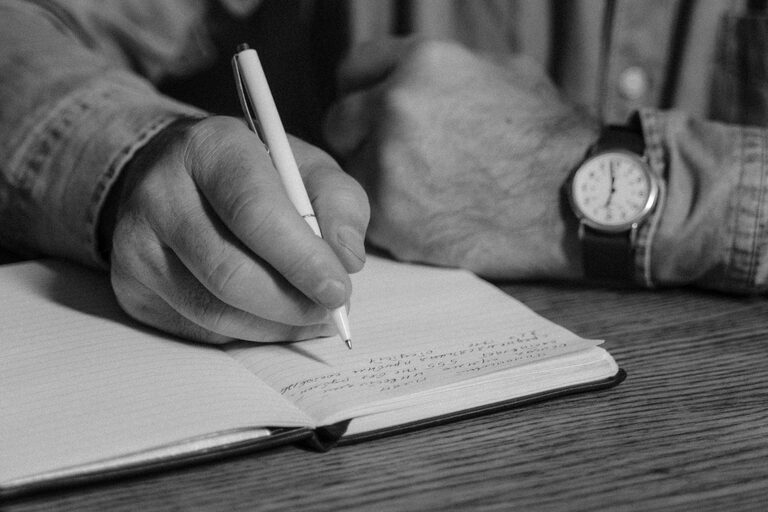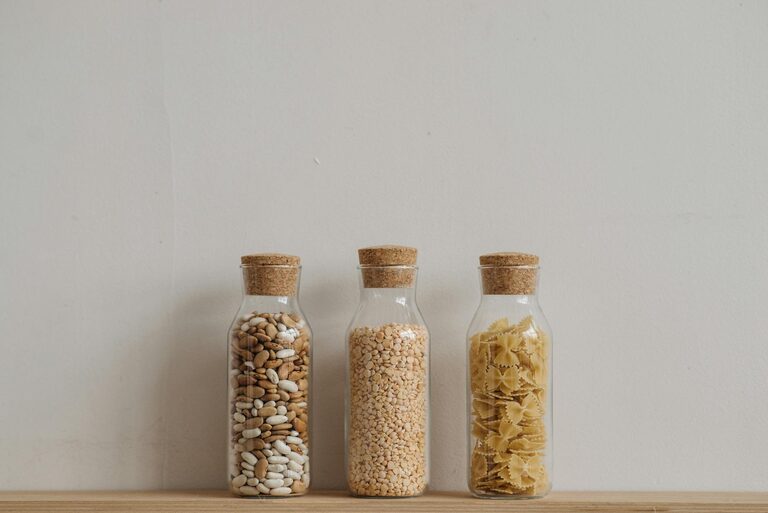
Creativity is often thought of as a talent reserved for artists or inventors. However, it’s a skill everyone can develop and nurture. Whether you want to enhance problem-solving skills, express yourself more fully, or simply enjoy the creative process, practicing creativity each day brings many benefits. The great news is that creativity doesn’t require fancy tools or lots of time—just small, consistent efforts.
In this post, we’ll explore simple ways to practice creativity every day that anyone can incorporate into their routine. These tips promote creative thinking, help overcome blocks, and make creative expression a natural part of life.
Why Practice Creativity Every Day?
Creativity fuels innovation and personal fulfillment. Daily practice helps:
– Strengthen your imagination and idea generation
– Improve problem-solving skills in work and life
– Reduce stress through enjoyable activities
– Build confidence to share your thoughts and creations
– Keep your mind active and engaged
By setting small creative goals each day, you train your brain to think more flexibly and open up new ways of seeing the world.
Simple Daily Practices to Boost Creativity
Let’s look at easy habits and activities you can start today.
1. Keep a Creativity Journal
Set aside a few minutes daily to write or sketch in a journal.
– Jot down ideas, observations, or things that inspire you
– Doodle or draw freely to loosen up your mind
– Reflect on your day and note any creative sparks
This ongoing record encourages you to capture ideas before they slip away and can act as a source of inspiration over time.
2. Embrace Mindfulness and Observation
Creativity thrives when we fully engage with our surroundings. Practice mindfulness by:
– Taking a short walk and paying attention to sights, sounds, or smells
– Noticing details you might usually overlook
– Asking questions about everyday objects and events (“What if…?”)
Training your observation skills helps you see new connections and ideas.
3. Try a Creative Warm-up
Before starting a project or creative task, do a quick warm-up to activate your mind.
Some ideas:
– Freewrite for 5 minutes without stopping
– Brainstorm as many uses as possible for a common object (like a paperclip)
– Sketch a simple shape repeatedly and try different versions
These exercises loosen mental blocks and get your ideas flowing.
4. Explore New Experiences
New experiences stimulate creativity by exposing you to different perspectives.
– Try a new hobby, food, or sport
– Visit a park, museum, or neighborhood you’ve never been to
– Read a genre or topic outside your usual interests
Even small changes break routine and inspire fresh thinking.
5. Limit Distractions and Set Creative Time
Create a focused environment for your creative work.
– Turn off notifications on your devices during creative sessions
– Set a timer for 15-30 minutes dedicated solely to creative activities
– Choose a quiet, comfortable space if possible
Regular, distraction-free time improves concentration and the quality of your creative output.
6. Collaborate and Share Ideas
Interacting with others can spark new ideas and expand your horizons.
– Join a creative group or class
– Share your projects or thoughts with friends or online communities
– Ask for feedback or brainstorm together
Collaboration helps you see your work from different angles and keeps motivation high.
7. Keep a Positive and Curious Mindset
Creativity flourishes when you approach tasks with curiosity and without fear of mistakes.
– Celebrate small successes and creative efforts
– Experiment without worrying about perfection
– View challenges as opportunities for learning
A positive mindset keeps you open to new ideas and persistent through creative blocks.
Creative Activities You Can Try Daily
If you want a more structured practice, consider these activities:
– Daily Photo Challenge: Take one photo a day of something interesting around you.
– Creative Writing Prompt: Write a short story or poem from a daily prompt.
– DIY Craft: Spend 15 minutes making something with materials you have.
– Idea Sketching: Draw a quick diagram or mind map of a problem or project.
– Music Exploration: Listen to a new song or genre and note your feelings or imagery.
Try mixing and matching until you find what feels fun and inspiring for you.
Final Thoughts
Practicing creativity daily doesn’t have to be overwhelming or time-consuming. The key is consistency and openness—small steps that gradually build your creative confidence and skills. Whether it’s scribbling in a journal, observing your surroundings mindfully, or trying a quick creative challenge, these simple habits keep your creative muscles active.
Remember, creativity is for everyone. Start today by picking one or two ideas from this post and making them part of your routine. Over time, you’ll likely find creativity enriching your daily life in unexpected and rewarding ways.
Happy creating!



